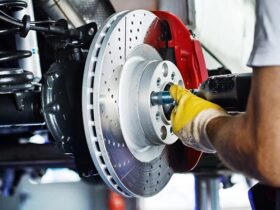The main purpose of roof waterproofing is to protect it from the effects of atmospheric precipitation. If you do not waterproof the roof, the insulation will be saturated with moisture and will no longer retain heat in the house. Rafters, lathing and other wooden elements will begin to rot, and metal structures will rust. For a cold attic, waterproofing is installed under the roofing with an air gap of at least five centimeters. If there is significant heat leakage from the interior, the gap will help reduce the temperature difference on the inside and outside of the roof. In such cases, the problem can be solved by using films with an anti-condensation coating. They are vapor-tight and can function in combination with euroslate and metal tiles. With a roof slope of at least thirty degrees, the laying of waterproofing from gluing materials is carried out from the eaves to the ridge, observing an overlap of at least fifteen centimeters. With a roof slope of less than one to five, the rolls are laid in the direction of the slope. With a roof slope of more than one in five, the rolls are laid parallel to the ridge. Do not stretch waterproofing. The film should sag between the rafters by one to one and a half centimeters. When performing waterproofing from vapor-tight materials, it is unacceptable that it touches the insulation. The distance between it and the insulation should be at least three centimeters. Waterproofing with high vapor permeability (for example, superdiffusive membranes, can be laid directly on top of the insulation without any gap. When insulating the chimney, it is extremely important to prevent moisture from getting between the roof and the chimney wall. Since the surface temperature of the chimney reaches seventy degrees, the waterproofing material for it must also withstand the same temperature.











Оставить ответ